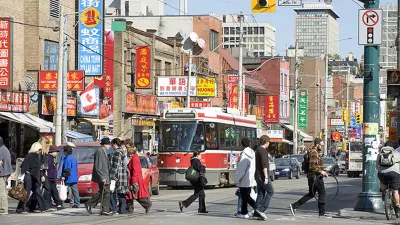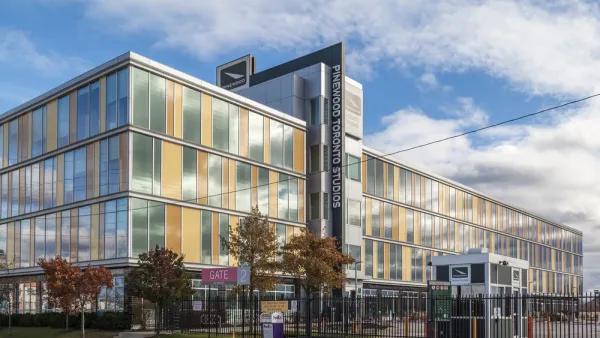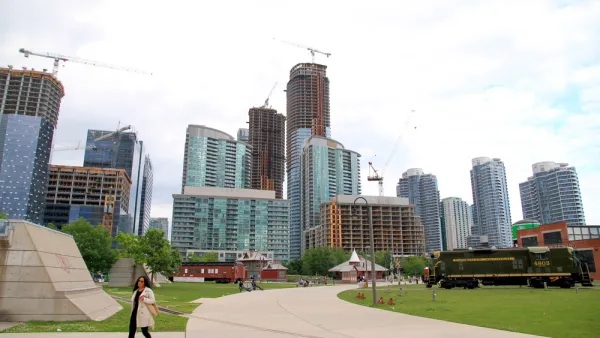Introducing a group of 16 avatars meant to represent the people who live, work, and play in downtown Toronto.

The planners behind the ongoing TOCore downtown planning process recently introduced a group of "avatars," created from demographic data about the city.
Introducing the #TOcore Avatars. Read their stories and share yours. Visit https://t.co/lLkzG5exuC #TOpoli pic.twitter.com/tLTqhReAbK
— CityPlanTO (@CityPlanTO) May 11, 2016
The TOCore website explains the reasoning behind the avatars:
Businesses create customer profiles all the time to ensure they are thinking about the needs of their customers, like when they are designing new products. This is the same thing, but we're taking our Avatars one step further and making them public.
The website lists 16 such avatars, covering such demographic categories as refugee, homeless, special needs, trans youth, and lots more.
The Regional Plan Association created a similar group of avatars for the purposes of creating the Fourth Regional Plan in 2014.
As for TOCore, the downtown planning effort launched a second phase in April 2016. More information can be found at the plan's website and with #TOCore.
FULL STORY: Downtown Stories: Planning for Many Perspectives

National Parks Layoffs Will Cause Communities to Lose Billions
Thousands of essential park workers were laid off this week, just before the busy spring break season.

Retro-silient?: America’s First “Eco-burb,” The Woodlands Turns 50
A master-planned community north of Houston offers lessons on green infrastructure and resilient design, but falls short of its founder’s lofty affordability and walkability goals.

Delivering for America Plan Will Downgrade Mail Service in at Least 49.5 Percent of Zip Codes
Republican and Democrat lawmakers criticize the plan for its disproportionate negative impact on rural communities.

Test News Post 1
This is a summary

Test News Headline 46
Test for the image on the front page.

Balancing Bombs and Butterflies: How the National Guard Protects a Rare Species
The National Guard at Fort Indiantown Gap uses GIS technology and land management strategies to balance military training with conservation efforts, ensuring the survival of the rare eastern regal fritillary butterfly.
Urban Design for Planners 1: Software Tools
This six-course series explores essential urban design concepts using open source software and equips planners with the tools they need to participate fully in the urban design process.
Planning for Universal Design
Learn the tools for implementing Universal Design in planning regulations.
EMC Planning Group, Inc.
Planetizen
Planetizen
Mpact (formerly Rail~Volution)
Great Falls Development Authority, Inc.
HUDs Office of Policy Development and Research
NYU Wagner Graduate School of Public Service




























